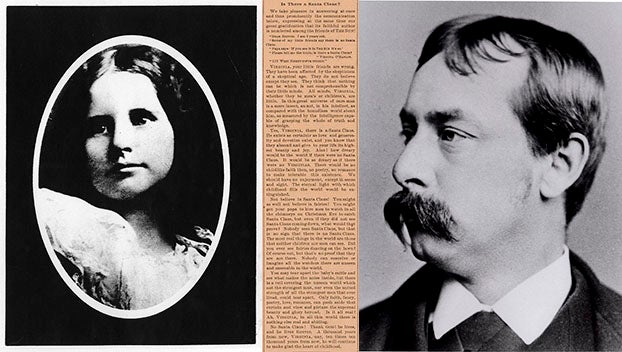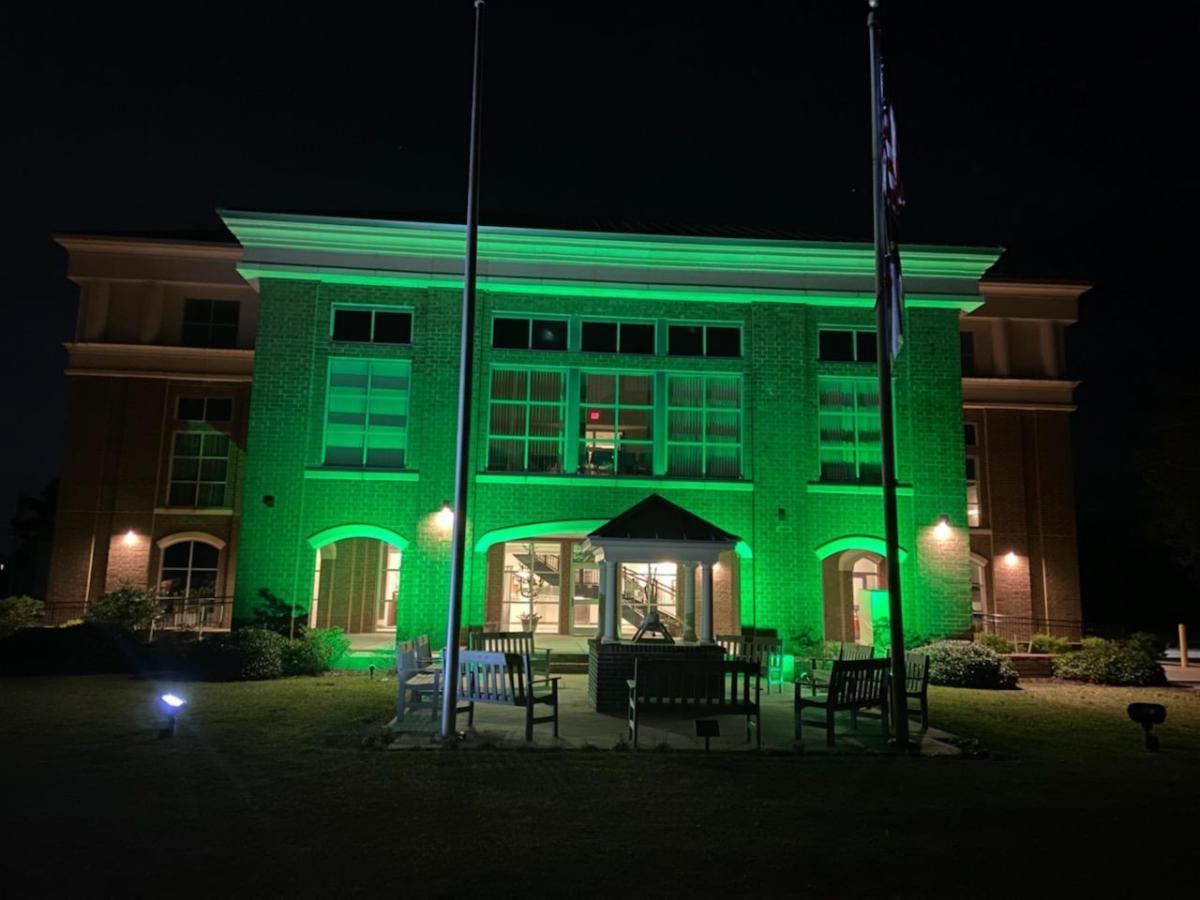Undoing the damage knowingly done
Published 7:44 pm Wednesday, August 28, 2019
When OxyContin was introduced in 1996, it came with an aggressive sales pitch: it was harmless, non-addictive and a miracle drug that would ease a patient’s pain.
Those were lies. And the over-prescribing and overuse has led to addiction to prescription pain pills; addiction that has led to heroin use and heroin addiction; addiction that has led to overdoses; addiction that has led to death for 47,600 Americans in 2017 alone.
As early as 2007, Purdue Pharma executives admitted in federal court that they deceived everyone about the danger of their prescription painkillers. They misled regulators, doctors and patients. Then, they paid a fine of $600 million. It was a mere slap on the wrist, and one that didn’t stop the company from promoting its pills.
Now, the country in the depths of an opioid crisis, and now, Purdue Pharma is sitting down to the table — is being forced to sit down to the table to talk reparations because of more than 2,000 lawsuits local governments have filed against these prescription-painkiller-making companies. Unlike the 2007 fine, what’s being talked about now are serious reparations.
They includes the Sackler family, owner of Purdue Pharma, bowing out of the business and paying a $3 billion fine; Purdue Pharma immediately filing bankruptcy; the company would be turned into a public beneficiary trust, of which the revenues would be dispensed by a board of directors appointed by three independent trustees, who are appointed by the bankruptcy judge. Profits would go to states, cities, towns and tribes that are continuously footing the bill of addiction. Addiction treatment drugs in development at Purdue Pharma would be given to the public without cost.
That is restitution. Perhaps those profits could go to work undoing the damage knowingly done to turn a profit and continue turning a profit until entire cities, counties, states were inundated with addiction. Perhaps those funds could be used to shore up the dwindling number of inpatient mental health care facilities and addiction-treatment facilities. Perhaps they will be used to stop the tide of opioid addiction.
What they won’t do is heal the families torn apart by addiction. There’s no restitution for that.




